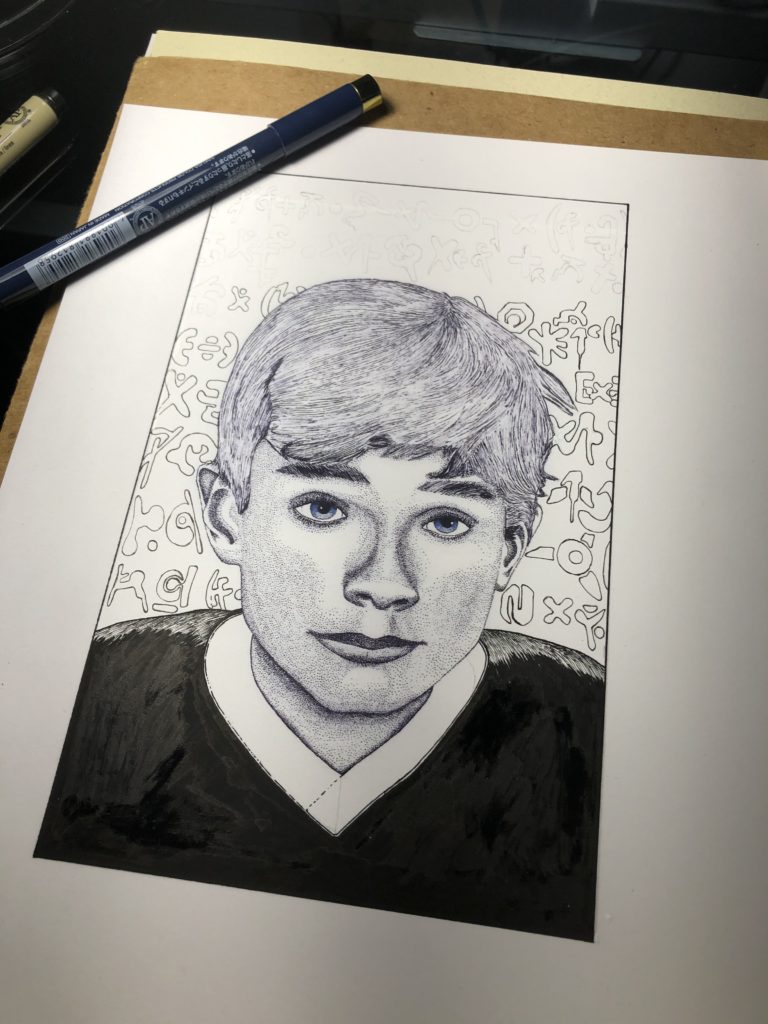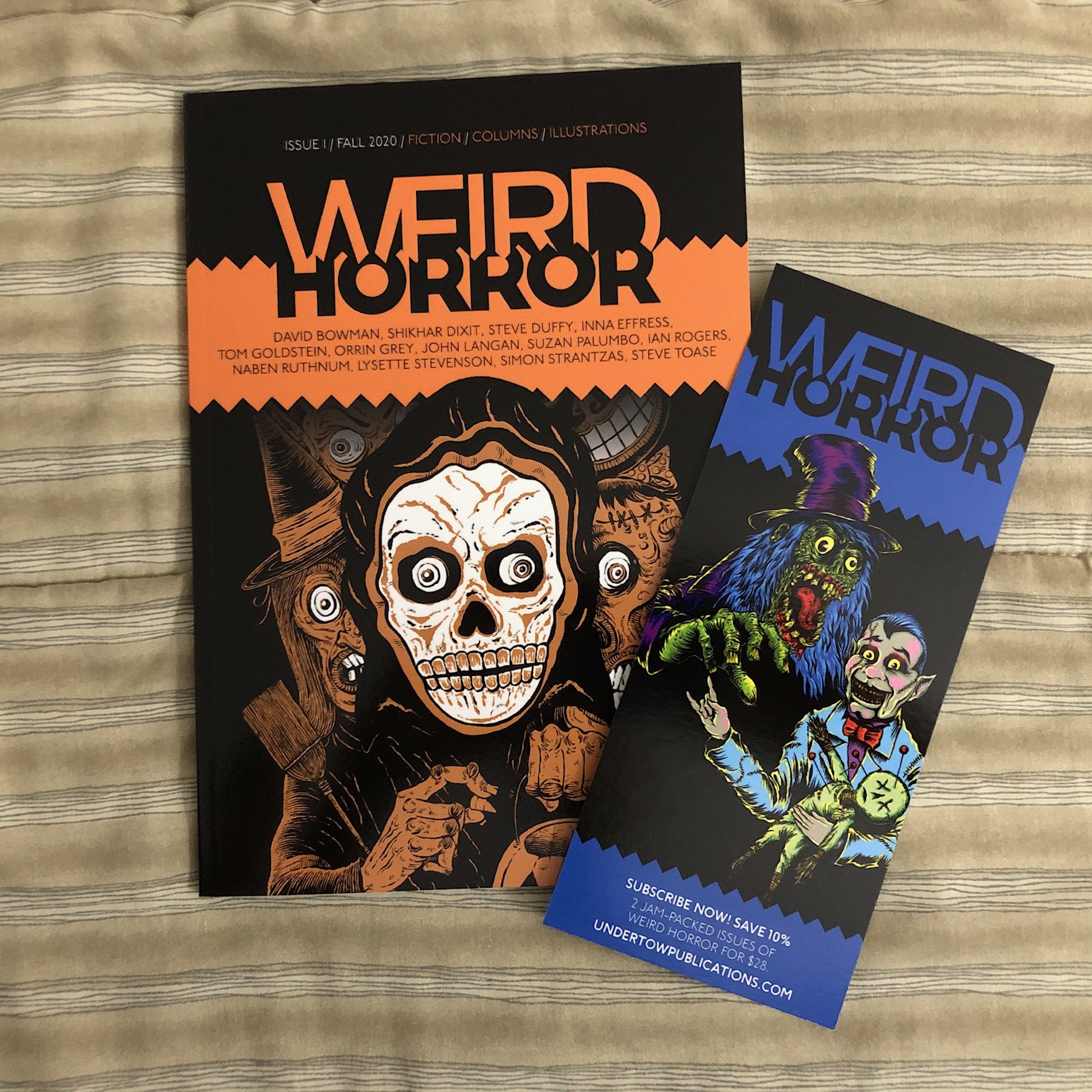Review for Final Cuts on Amazon
Full review below.
Ellen Datlow’s recent anthology, Final Cuts: New Tales of Hollywood Horror and Other Spectacles, is a solid, wall-to-wall extravaganza surrounding film and tangentially related media such as television, documentaries, police video, and yes, shadow puppets. I’m only going to highlight my favorite stories, but it’s a matter of personal taste: every story in the anthology was engaging and well-executed. I highly recommend picking up Final Cuts. Not all anthologies are this reliably entertaining from cover-to-cover.
I’ll begin with this very strong first story. “Das Gesicht” by Dale Bailey is an atmospheric tale filled with dread, about a long lost film so blasphemous that the viewers screamed, fainted and in some cases, lost their sanity. The title’s literal translation is “The Face.”
A.C. Wise’s “Exhalation #10” centers around a videotape that captures a woman’s final dying moments, particularly her final breaths. Believed to be the work of a serial killer, Henry is tasked with listening to the sound track because of his unique talent: he can hear what the authorities can not. Wise expertly leads the unwitting reader from dark revelation to even darker ones.
In “Scream Queen” by Nathan Ballingrud, Alan interviews former B-movie actress Jennifer Drummond, who only made one movie but captured the hearts (and groins) of countless boys and young men. Jennifer starts out almost angelically polite, then changes to something darker. The revelations in this tale place it among the scariest stories in the anthology. Ballingrud’s southern voice, a hallmark of his work, takes us to a place beyond damned in this eerie and disturbing tale.
“Night of the Living” by Paul Cornell is an interesting variation on classic zombie films.
Laird Barron’s “The One We Tell Bad Children” is a historical horror in which parents leave their children alone in a cabin, deep in the untamed woodland of 18th century America, to face forces beyond comprehension. The eldest, nominally in charge, plays a silent film called “Ardor of the Damned.” As the children watch, numbed with horror, so the film also watches them, setting in motion all the terror that follows. It’s also interesting that the story takes place in an alternate version of America.
“Snuff in Six Scenes” by Richard Kadrey is very short. Read it; it packs one hell of a punch!
Definitely my favorite story in the anthology, Brian Hodge’s “Insanity Among Penguins,” is ostensibly about a rumored documentary by Werner Herzog (look him up, he’s interesting) called Todestriebe; most or all copies of the film have been destroyed, but there are rumors. Our protagonist happens to be obsessed with Todestriebe; it’s his ‘white whale.’ Having given up the search, assuming the rumors are BS, he is granted an opportunity to see the film by his video store owner. Read it! It’s a truly remarkable piece of fiction.
“Lords of the Matinee” by Stephen Graham Jones is a wonderfully funny romp…that segues into darker territories when you least expect it.
“Folie À Deux, or The Ticking Hourglass” is a truly international story by Pakistani writer Usman T. Malik. Two TV documentarians are dispatched to record a serial child murderer’s gruesome execution. Then things get weird. Thoroughly enjoyable but difficult to sum up in a few sentences.
“Cut Frame” by Gemma Files is constructed entirely from emails, book quotes, and a transcript of an interview, to explain the mysterious 50s B-movie actress Tamar Dusk and what happened I her. A dentist, of all people (one of a particular film’s financiers) tells everything he knows to a Toronto-based parapsychologist about Tamar and the filming of a movie called The Torc. Files is adept with this modern version of an epistolary tale.
The last fifth of Final Cuts is my second favorite of the tales contained therein, John Langan’s “Altered Beast, Altered Me.” A mid-list horror novelist acquires Dracula’s ring, worn by several actors when they inhabited the role — but it seems to be of far older lineage. A long story that ended far too soon.
So kudos to Ellen Datlow on another successful and nearly perfect anthology.


 Special thanks to Angela Yuriko Smith, Gerard Houarner, and Diane Weinstein (and Lee) for this incredible opportunity.
Special thanks to Angela Yuriko Smith, Gerard Houarner, and Diane Weinstein (and Lee) for this incredible opportunity.

